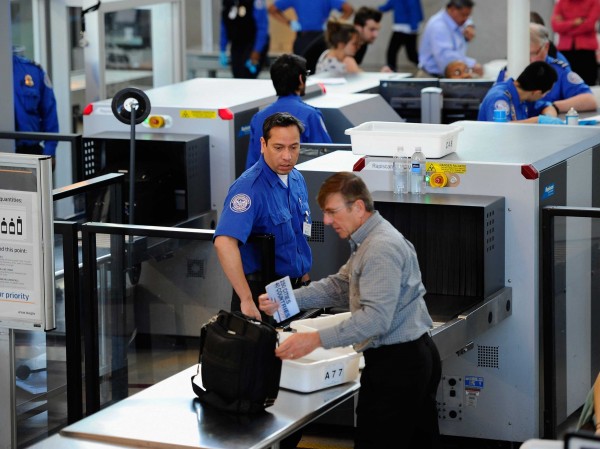Blogs
How Can X-Rays Reveal the Contents of a Suitcase at an Airport?
X-ray machines are a crucial part of airport security, enabling the inspection of luggage without the need to open every bag. This technology plays a vital role in maintaining safety by quickly identifying potential threats. But how exactly do X-rays work to reveal the contents of a suitcase?

The Basics of X-Ray Technology
X-rays are a type of electromagnetic radiation, similar to visible light but with much shorter wavelengths and higher energy. This higher energy allows X-rays to pass through most materials, including the fabric and plastic of a suitcase. However, the way X-rays interact with different materials depends on the density and composition of those materials.
X-Ray Penetration and Absorption
When X-rays encounter different objects, they are absorbed at varying levels based on the material’s density. Dense materials, like metals, absorb more X-rays, while less dense materials, such as clothing or paper, absorb less. This variation in absorption is what creates the contrast in the X-ray image, allowing different objects inside the suitcase to be distinguished.
How Airport X-Ray Scanners Work
When a suitcase is scanned at the airport, it is exposed to a controlled burst of X-ray radiation. As these X-rays pass through the suitcase, they are absorbed by its contents to different extents. The remaining radiation then hits a detector on the other side, which captures the image based on the absorption levels.
Image Formation
The detector converts the absorbed X-rays into a digital image, which displays the contents of the suitcase in varying shades of gray. Dense items like laptops, batteries, or weapons appear darker, while less dense items like clothes appear lighter. Security officers analyze these images to identify any suspicious items.
Advanced Techniques in X-Ray Imaging
Modern airport scanners have evolved to include advanced techniques that enhance image clarity and detection accuracy.
Dual-Energy X-Ray Imaging
Dual-energy X-ray imaging uses two different X-ray energy levels to better distinguish between different types of materials. This method is particularly useful for identifying organic materials (like food or clothing) versus inorganic materials (like metals or liquids).
Computed Tomography (CT) Scanning
Some airports employ CT scanners, which create 3D images of the suitcase’s contents by taking multiple X-ray images from different angles. This technology offers a more detailed view, making it easier to identify complex items or concealed threats.
Automatic Threat Detection
Many modern X-ray systems include software that automatically highlights potential threats within the scanned image. This feature assists security personnel by quickly pointing out items that may require further inspection.
Conclusion
X-ray technology is a powerful tool in airport security, allowing for efficient and non-invasive inspection of luggage. By understanding how X-rays interact with different materials, these machines can reveal detailed images of a suitcase’s contents, helping to ensure the safety of passengers and staff alike.
See more: How Can an Object Escape X-Ray Detection
